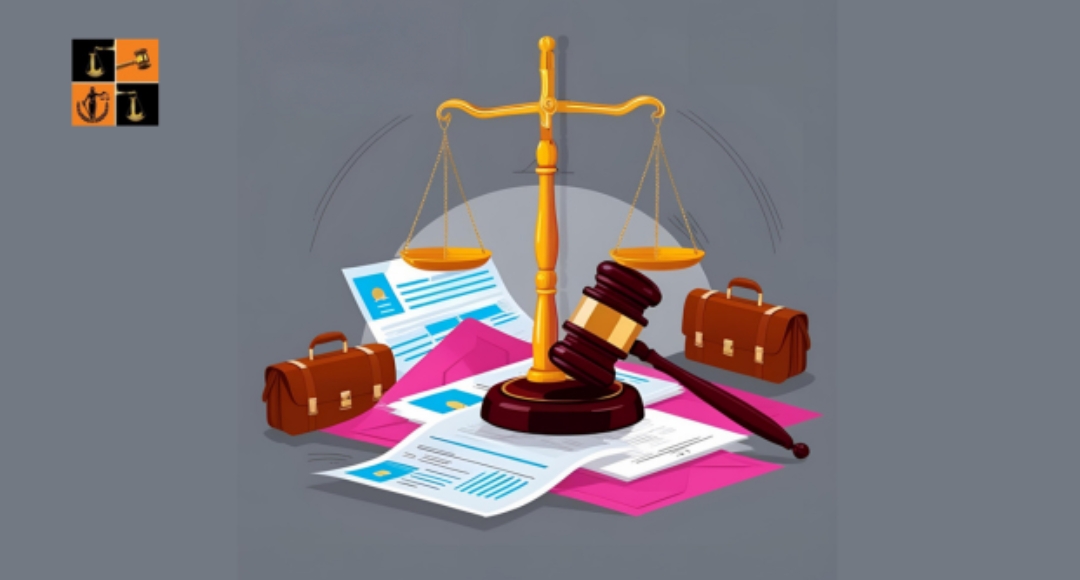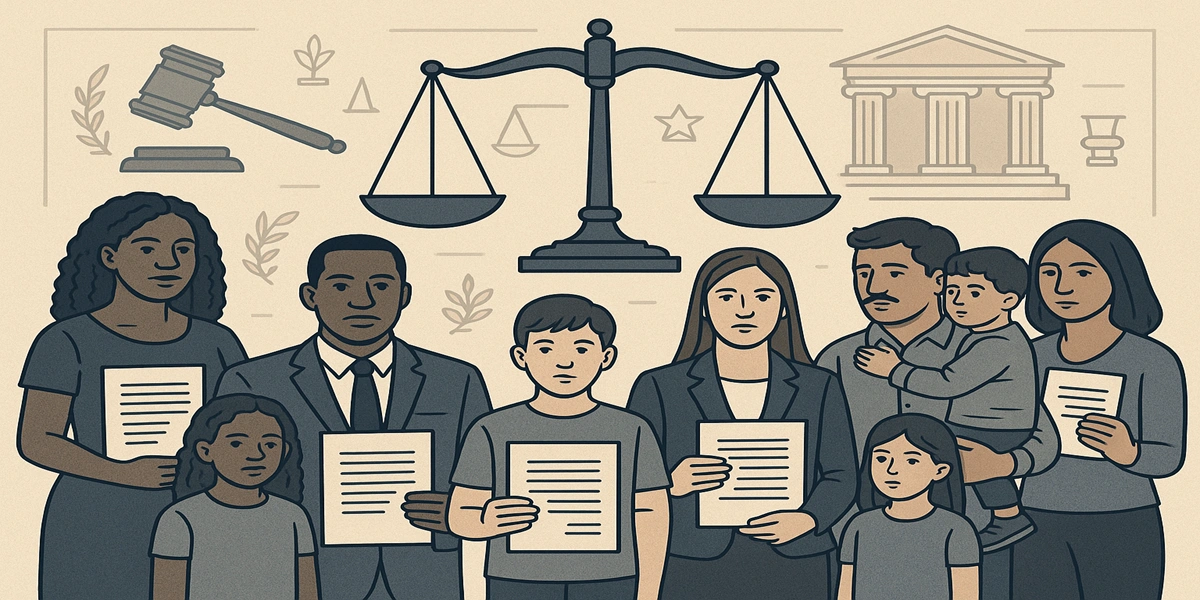In the journey of justice, clarity is one of the most powerful tools a court can offer. The Supreme Court of India has taken a significant step in that direction with a new ruling that redefines how courts can pass judgments based on admissions made during legal proceedings whether in formal pleadings or through other means.
The Background A Longstanding Dispute

The decision came from a bench comprising Justice J.B. Pardiwala and Justice R. Mahadevan on April 7, 2025, in a landlord-tenant dispute under the West Bengal Premises Tenancy Act, 1997. It was more than just an eviction case it was a window into how courts balance fairness, efficiency, and the rule of law.
At the heart of the case was a man who had stayed in his deceased father’s rented property for years after the lease ended. Despite receiving an eviction notice in 2018, he remained in occupation until 2021, leading the landlord to file a civil suit. The trial court, and later the High Court, decided in favour of the landlord primarily based on admissions made by the tenant in his written defence.
The Key Legal Question Before the Supreme Court
When the case reached the Supreme Court, the key issue became whether the trial and High Courts were right to pass judgment using Order XII Rule 6 of the Civil Procedure Code, a provision that allows courts to base rulings on clear admissions. The tenant argued that the rule shouldn’t apply and that he wasn’t even governed by the relevant tenancy law.
How the Supreme Court Saw the Matter
But the Supreme Court wasn’t convinced. It pointed out that the tenant had not only invoked the same tenancy law in his reply but had never raised this issue during earlier stages of the case. The Court felt the facts spoke for themselves, and that the tenant’s actions contradicted his arguments.
A Powerful Interpretation of Order XII Rule 6
In explaining its decision, the Supreme Court gave a powerful interpretation of Order XII Rule 6 CPC. It said that courts are no longer limited to just written admissions in pleadings. Instead, admissions can come from any form of expression oral or written, before or during the case, even outside of formal documents. The Court also reminded us that judges don’t have to wait for one party to request this they can act on their own when the truth is clear and uncontested.
Citing Earlier Rulings to Support the View
Citing earlier landmark rulings, including Uttam Singh Duggal & Co. Ltd. v. United Bank of India and ITDC Ltd. v. Chander Pal Sood and Son, the Court emphasized that this rule gives judges the freedom to act when facts are admitted plainly, without dragging out the process. This can make justice quicker and more efficient, especially when there’s no real dispute on core issues.
Partial Admissions Can Also Lead to Decrees
What’s also important is that the ruling acknowledged how such admissions can lead to partial judgments too. If a case involves both admitted and disputed claims, the court can issue separate decrees one for what’s accepted as true, and another for what still needs to be argued.
Directive to the Judiciary

In closing, the Supreme Court made it crystal clear that there was no mistake in how the lower courts handled this eviction case. The judgment wasn’t just legally sound; it was a reminder that justice doesn’t always need to be delayed when the facts are already in plain view.
The Court also made a thoughtful move to ensure this clarity reaches every corner of the judiciary. It directed the Registry to send copies of the ruling to all High Courts, who must in turn distribute it to every district court. This way, every judge in the country has access to this guiding light.
Disclaimer: This article is written purely for informational and educational purposes. It does not intend to provide legal advice or influence any legal proceedings. Readers are advised to consult official court documents or legal experts for precise interpretation and guidance.
Also Read:’
Supreme Court Speaks Up: Justice Is Not About Moral Policing
Supreme Court to Employers: Transparency Is Not Optional
Supreme Court Stands by Retired Workers: No Recovery Without Fraud






